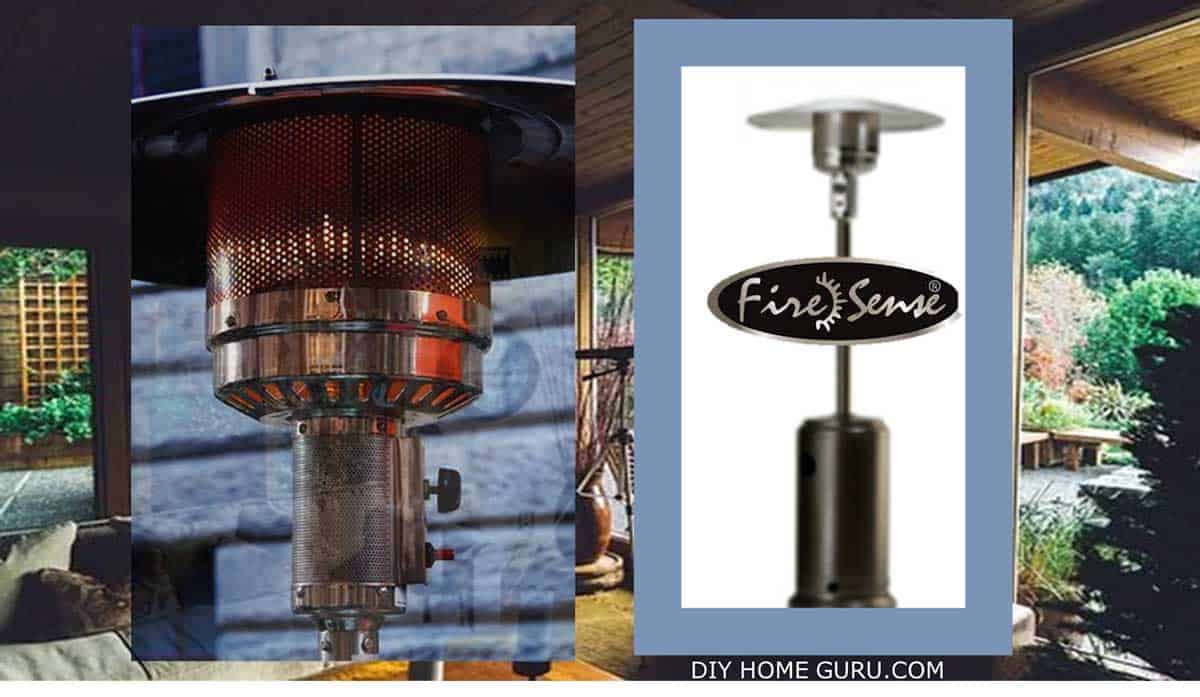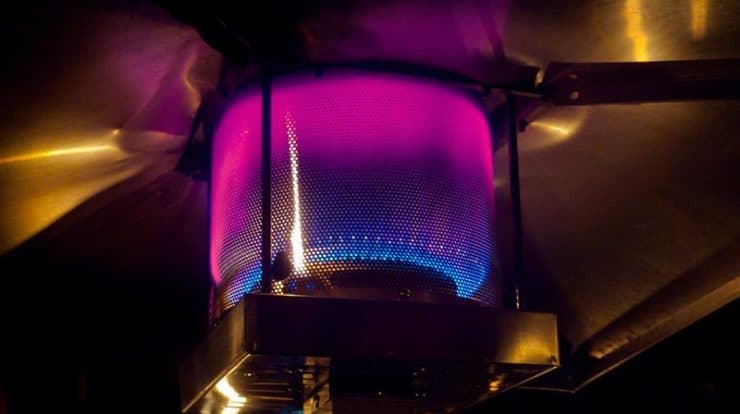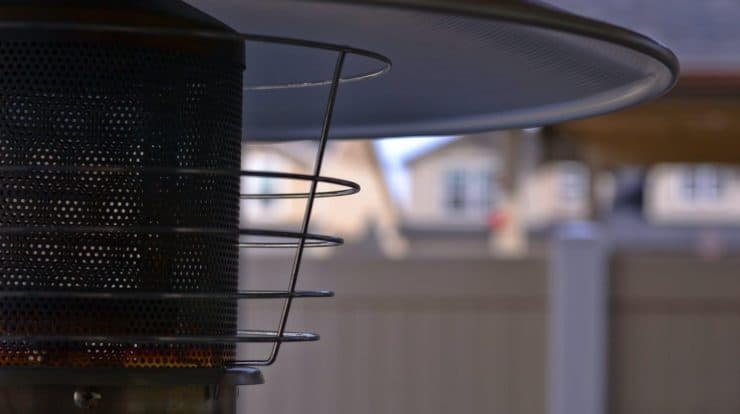Looking for an advanced, budget-friendly heating solution for your home? Look no further as an infrared heater can heat your house effectively.
Infrared heaters are available in a multitude of shapes, sizes and specifications. If you want these heaters to heat your house, it is best to go for infrared panel heaters.
Yes, Infrared heaters can heat a whole house. They work by radiating magnetic waves which warms up nearby objects. The low wattage requirements of these infrared heaters make them a better choice than convection heaters, storage heaters or gas central heating systems.
How does infrared heating work?
Infrared heaters emit infrared rays to directly heat people and objects in a room. Although infrared light is invisible to the naked eye, it provides warmth without heating the overall space.
Heat is produced by the vibration and rotation of molecules with the help of a rod or quartz lamp within the heater. This generates energy in the form of infrared waves that travel at the speed of light until they hit an object and transform into heat. The heat is then slowly released through objects, warming the room.
Infrared heaters can run on electricity, propane or natural gas. The output levels, controls and designs are different for different heaters.
Advantages of Infrared Heating for Your Home
Infrared heaters can be installed anywhere in your house, especially family rooms, insulated garages or open living spaces. They can be used as a top-up for insufficient central heating or can be installed to heat your entire house.
1. Quick and Energy-Efficient
Infrared heaters are affordable and easy to install. Convection heating does not do a good job of transferring heat on to people and objects. They simply heat the circulating air, which takes time to warm up and permeate an entire room. Once you turn off a convection heater, your room is likely to cool down quickly.
With infrared heaters, you don’t have to wait a long time to warm yourself up. A steady flow of light particles ensures that you are warm and comfortable within as less as 30 seconds.
Infrared heater heats a house by building the thermal mass of the room by warming up surfaces, such as walls, floors and other objects. These surfaces absorb energy and continue transmitting it back even when the heater switches off.
Infrared heaters have a lower wattage requirement and run for lesser time as compared to convectors. Almost 100% of the heat produced is transferred out.
2. Temperature Control
You can link your infrared wall panels to thermostats for room-by-room control. It is convenient to set up one control per room or two controls if the room is large.
Wi-Fi thermostats and timers help regulate temperature more precisely and decrease costs further. Some heating systems have a centralized master control to regulate temperature from a single control panel.
3. Soundless and Healthy
Infrared heaters don’t use fans but simply radiate light. They are perfect for quiet environments such as bedrooms.
These heaters use hot coils wrapped over heat, which makes heat transmit evenly. The polished metal of the heater reflects heat and sends it out many yards ahead, making the heater provide warmth gently.
Many convection heaters tend to dry out the sinuses, make the skin flaky, and cause static electricity. Infrared heaters do not reduce humidity or oxygen in a space. You can use them to enjoy the benefits of sunlight while avoiding harmful ultraviolet rays.
Infrared rays strengthen the immune system and lead to healthier blood circulation. They penetrate more deeply than regular heating, which causes blood vessels to expand and enables more blood to pump through.
Moreover, objects in the room tend to retain heat. This prevents mould as it never grows in dry places. This is how infrared heaters also function as dehumidifiers, keeping walls and ceiling warm. The heaters reduce allergies as there is no dust circulation caused.
4. Eco-Friendly
Infrared heaters do not add pollutants to the air, cause no carbon combustion, and result in no toxic by-products. They do not release any mold or mildew into your space, preventing the risk of respiratory illnesses.
Infrared heaters neither add anything to the air nor take anything from it. The reduction in air circulation minimizes the chances of airborne diseases.
Infrared heaters are eco-friendly systems that do not emit greenhouse gases, such as carbon monoxide, making them a great choice for environment-conscious homeowners.
5. Low Maintenance
Infrared heating systems do not contain any moving parts or motor that can wear out. There are also no air filters to replace and no lubrication is required.
The only thing you need to do is periodically clean reflectors. An infrared heating system is durable and reduces the need for costly repairs.
6. Safe
Infrared heaters emit non-ionizing radiation that is a perfectly safe form of heating. Additionally, they do not involve any open flames or fuel lines, making the risk of fire extremely low.
Models with cool-to-touch exteriors are safe for pets and children. However, make sure you keep the heater at least 12-18 inches away and turn it off before sleeping. Remember to not keep any flammable objects near the heater.
7. Stylish
Many infrared heaters have stylish exteriors to complement your home décor. Some have a furniture-like wood finish that looks good in most indoor spaces, while others look like mirrors, colored glass and picture prints. This makes the heaters blend in with the indoors and add to the beauty of your home.
It is safe and healthy to use infrared heaters to heat a house. New safety features make them an excellent choice for homes with children and pets. Heat Storm HS-1500-PHX-WIFI Infrared Heater is a good option if you are considering infrared heating for your home. It is Wifi Wall Mounted.
Infrared heaters provide a quick heating solution that is not only energy-efficient but also low-maintenance. These heaters can either be used as a supplement to your central heating system or heat your entire house by getting heating panels installed throughout.




